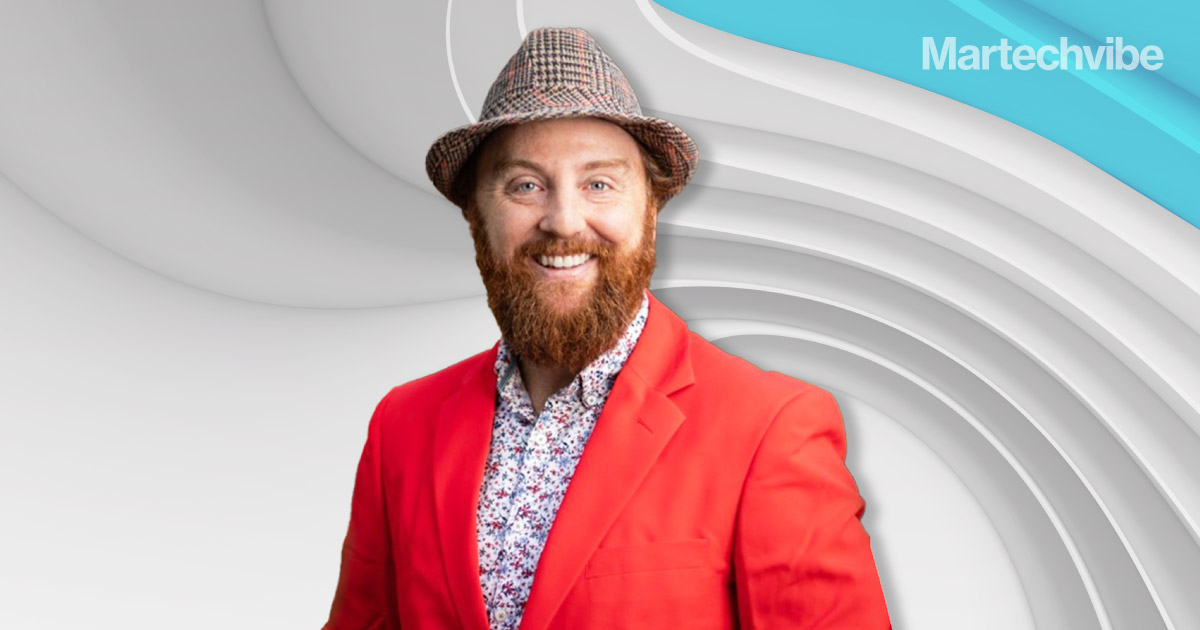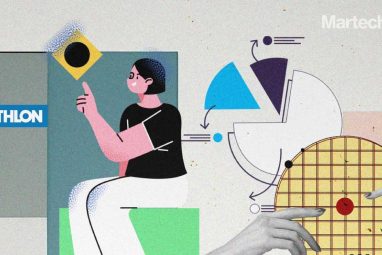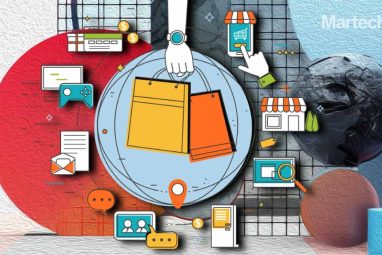Can You Demonstrate The Impact CX Makes Towards Business Capabilities?
Nate Brown, Senior Director of CX at Arise, suggests linking positive life change with your customers to prove earned loyalty and share of wallet.
Topics

“When we think of omnichannel, we just think we have to be everywhere. But what suffers when you do that? The quality of your service over all those different channels. When the customer experiences a friction point, we want to be intelligent in that moment and lead the customer to the best resolution. If we know they need to talk to somebody, let’s stop restricting their access to them,” says Nate Brown, Senior Director of CX at Arise, Co-Founder of CX Accelerator, and Host of the Experience Matters podcast.
According to Brown, we’re not in a full-fledged recession yet; it is a period of skimplation—where the main factor deciding brand success is the answer to the question – is this still worth it for me?
Martechvibe spoke with Brown about the common mistakes brands make, and the rise of customer expectations.
Excerpts from the interview;
What are some errors brands make while building their CX that put customers off? What is the most efficient way for companies to identify these errors?
It starts and ends with your voice of the customer engine. As Jeanne Bliss, bestselling author of multiple books on CX, would say, the voice of the customer engine is something where you gain momentum and get the vehicle running over time. But knowing and understanding how your customers think and feel is complicated.
Companies jump in and start making changes in the customer experience landscape in ignorance. They don’t know if it will impact their customers’ lives positively, or they can’t validate and confirm that it did and demonstrate the impact that great CX is making towards the financial capabilities of the business.
If you can demonstrate positive life change with your customers and show how it earned loyalty, the share of the wallet, and other things that earn the organisation’s future, then CX is a no-brainer. But, so often, we shortcut and don’t give ourselves credit for the work because of the immature voice of customer capability. Then when it’s time to start cutting projects, CX gets deprioritised.
What are the primary obstacles brands face when attempting to meet the customer where they are with omnichannel solutions?
A lot of times, the customer is being forced to navigate through channels they don’t want to – to get to the one they actually want to arrive at.
When we think of omnichannel, we think we have to be everywhere—open up every channel where our customers could possibly be. What suffers when you do that is the quality of your service over all those different channels. You can’t scale that effectively, nor can you properly guide the customer to the best resolution path over every single channel.
So omnichannel is great because we want to bring the customer in. What we want to do even more is as the customer experiences a friction point, we want to be intelligent at that moment and lead them to where they’ll get the best resolution. If we know they need to talk to somebody, let’s stop restricting their access.
Arise has ‘be there’ in their tagline. We’re talking about the idea of being there: with great, highly skilled people. As we think about the digital channel, too, we want to be there with the right relevant knowledge and good information. If we guide the customer into a self-service channel, customers will be so frustrated if they have to navigate through that cycle and it doesn’t get them to their resolution.
They will be hunting forcefully for that phone number—that poor agent on the other end of the line who gets that customer who’s already so frustrated because they’ve been through these ineffective cycles.
Is the hierarchy in customer experience departments a factor for good/bad CX? What can be improved here?
The more complex and larger the organisation is, it makes sense that there will be some level of hierarchy inside the CX team so they can operate effectively together. The more nuanced you become about your specialities with your role, the better.
I see special people dedicated to the voice of the customer. I see those dedicated to change management capability, learning and understanding the employee experience and communication around CX, bringing CX principles to every organisation member effectively. What works well is having a robust CX Change Coalition in terms of the guiding leadership body of a CX initiative.
We think about the importance of having a strong Chief Customer Officer – somebody who can take the priorities and learnings established by the CX Change Coalition, execute them, and bring accountability to the business. Simply having a CX team as a little circle trying to impact the giant circle that is the organisation – doesn’t work.
We want to break down the work and bring CX to every organisation member. That’s what a CX Change Coalition is—a group of leaders across the customer journey that cares about CX as much as the CX leader does and is excited and capable of bringing the practical elements of the CX initiative – customise and implement it in a way that makes sense for their team because the CX strategy is going to look a little different for sales, training, finance, or HR.
The CX group keeps the strategy on the rails and lets folks know how they’re doing in the implementation. But that little CX group can’t do it alone; they need a leadership core that cares about it as much as they do.
Do you think partners affect a company’s CX? How can a brand bring all partners in sync?
We had discussed this in the recent episode of the Experience Matters podcast that dropped with Rich Wilder, Director of CX at CHEP, a goods transportation company – a situation where partners control all these pallets.
An incredible number of the goods and services we receive daily depend on the pallets doing their job and CHEP being there for their customers. But with labour shortages and supply chain issues, there are many variables they can’t control.
In these complex experience ecosystems, how do we ultimately take control? You have two choices with a partner; you can try to educate them and bring them into your customer-centric mindset. That’s hard to do and seldom works.
What you really have to do is do your research and find those partners that are already delivering the type of experience that matches the mentality you have. In other words, be more selective with your partners so that you don’t have to try to change another organisation.
I love giving the example of Disney World in Florida. People were pinging Disney because they were having a negative experience, not in the park but in central Florida.
There were problems with the lodging, the food, and the transportation. All these things impacted the larger experience that Disney’s guests had at the park. So what did Disney do? They took control of these variables. They created this incredible ecosystem around the park where people can stay, eat, and utilise their transportation, all meeting Disney’s standards.
Disney created this truly magical experience around the Disney park so that somebody had a wonderful macro experience, not just an isolated good experience in the park but an overall great vacation. When we think about the customer experiences we are trying to create, we should be concerned about ‘the vacation’ and not just the eight hours in the park that day.
How do you define the Voice Of The Customer engine?
If the organisation is a vehicle, the brain or the mechanism inside the car that informs and dictates its movement is the engine.
That’s where critical insights are housed that trigger other events allowing the car to operate as a uniform piece. If you have different channels and capabilities, you’re bringing in both structured and unstructured customer information, qualitative and quantitative, and you can organise and use that information effectively, just like an engine uses fuel.
Then the car can go forward at a greater pace. You can accelerate your customer experience maturity significantly by demonstrating that you can listen and learn and be there for your customers in a way that your competitors can’t.






